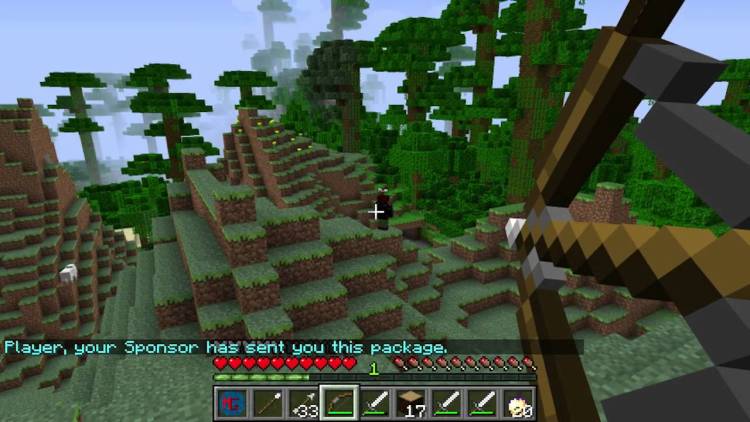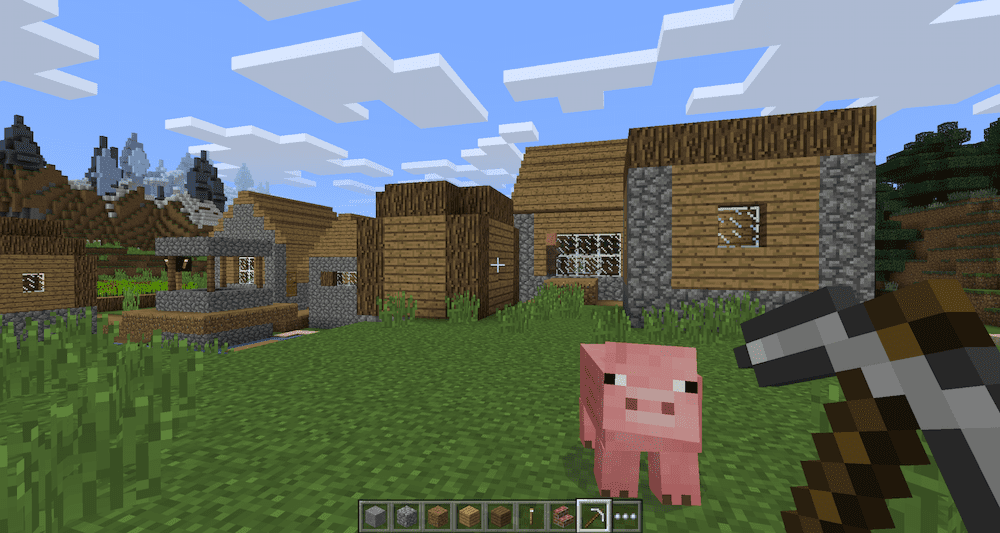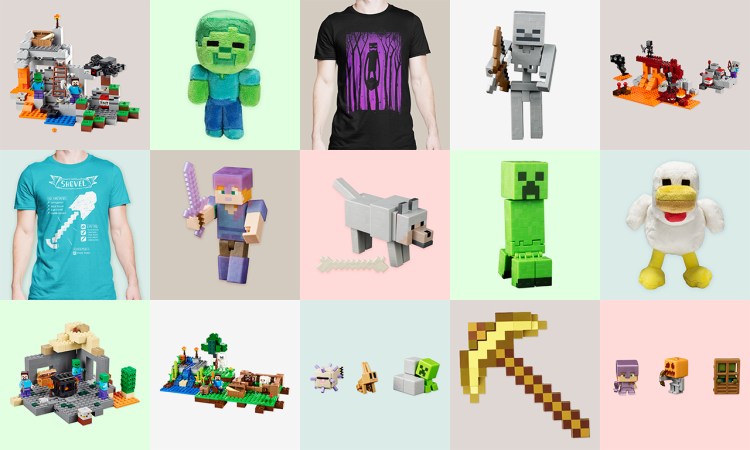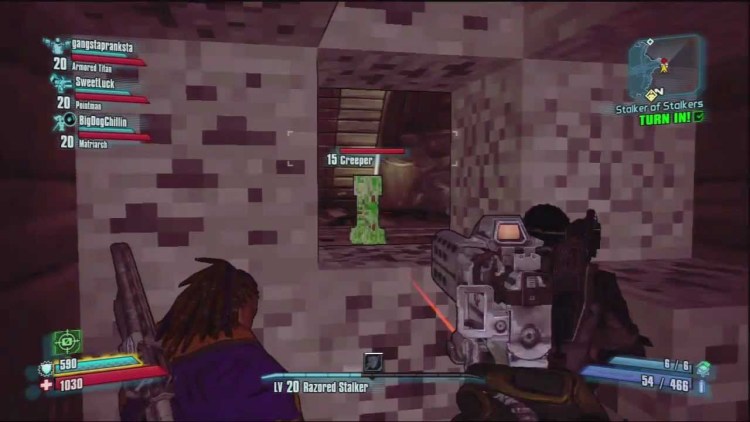Choosing a game to define an entire decade isn’t an easy task. You can’t simply consider what project was the most ambitious, told the most endearing story, or had the best graphics for the time. Rather, the game of the decade needs to transcend gaming altogether — it needs to be iconic. Thus, I was shocked at how quickly my cohorts at PC Invasion were to nominate Minecraft as their game of the decade.
These guys have been involved with gaming their entire lives and are some of the most knowledgeable and thoughtful people I’ve ever met. I had imagined everyone would agree on something a bit more… avant-garde.
But the more I think about it, the more I realize that Minecraft really is one of the quintessential video game experiences to ever grace our monitors. It truly is the game that has come to define the 2010s.
Pixelated perfection
The Minecraft formula is so simple and yet so effective. You play as a blocky mess of voxels vaguely resembling something humanoid known as “Steve.” Each fresh save will drop you into an unknown procedurally generated world. There’s no unnecessary instruction or nonsense to go through; you simply explore, build, and survive in whatever way you choose.
It’s Minecraft‘s ease of accessibility that opened the door for millions of gamers and non-gamers alike to dip their toes into the gaming space. At one point it really seemed like everyone was playing the game, from the kids at school to your grandparents. Mojang perfectly tuned every aspect of its survival mode to just work. Crafting is intuitive, building feels natural, and the pacing is perfect for those who just want to pick up and play at their leisure.
This isn’t to say that Minecraft is just a casual game either, as seen by the incredible architectural feats within the game’s “creative” mode. Recreations of Middle-earth, Colombia from Bioshock Infinite, and even a working 8-bit computer are just a sample of the incredible creativity Minecraft fosters.
Development, one block at a time
Don’t let Minecraft‘s overwhelming popularity distract you from its humble beginnings. Development started back in 2009 when Swedish developer Markus “Notch” Persson stumbled upon an open-source first-person building game titled Infiniminer (video below). Immediately, Notch knew that this was the foundation for a new creation, and he began development on his version of the concept — Cave Game (yeah, I’m glad this didn’t stick).
Development continued into a paid alpha version late in 2009 and quickly amassed 20,000 registered players. After weekly Friday updates that added features like redstone, mine carts, dungeons, and the nether, Notch brought in the rest of the Mojang team to assist in development. Although the game was still in its early stages, rising success snowballed to a massive 20 million copies sold by April 2013.
There’s something about the grassroots nature of Minecraft‘s development that felt so organic. Notch and the rest of Mojang connected with fans, making their feedback feel truly valued. It was just so… wholesome. No microtransactions, loot boxes, or always-online DRM — just a solid game fans could play anytime, anywhere.
Support has increased even further following Microsoft’s $2.5 billion acquisition of the IP back in 2014. And while the original team may no longer be involved in its development, bug fixes and content updates continue to be released consistently — included the somewhat controversial addition of wild bees. (you’re welcome, Cam)
And we haven’t even mentioned the unfathomable amount of mods, texture packs, and levels created by the community that add infinite possibilities onto the base game. Parkour levels, Skyblock, MineZ, and so many more user-created modes have fostered one of the most active gaming communities we’ve ever seen. One could even make the argument that the Minecraft “Hunger Games” mod started the entire battle royale craze of the late 2010s.

One of the most popular mods for Minecraft is called “Hunger Games,” an adaptation of the popular book series.
All of this has culminated into an absolutely massive 180 million paid accounts, with up to 74 million simultaneous players as recently as 2018, and has allowed Minecraft to surpass Tetris as the best-selling game of all time.
The future is blocky
Somehow, Minecraft remains unavoidable to this day, even 10 years after its initial release. Minecraft currently sits on the front page of Twitch as the 12th most-watched title (11th if you don’t count the nonsense that happens in the “Just Chatting” category). Combine this with the ever-popular Minecraft YouTube scene, and it’s almost impossible to avoid Notch’s creation.
Even more so, the aisles of stores are lined with Minecraft merchandise. Even celebrities like Jack Black, Deadmau5, and Lady Gaga have been noted to enjoy the game from time to time.
This breakthrough into pop culture isn’t foreign to gaming; Mario, Sonic, Link, Lara Croft, Solid Snake, and so many more classic game characters have become household names. But the unique part about Minecraft is that there isn’t a face to the franchise, but rather the game as a whole has become a part of mainstream culture.
Not going anywhere
Even if we choose to ignore Mojang’s various spin-offs of its golden goose, (I’m looking at you, Minecraft: Story Mode.) you don’t have to look far to see the effect Minecraft has had on other games.
For one, Minecraft’s success in the early 2010s sparked a massive inundation of voxel-based games that sought to refine the survival and building mechanics of their predecessor. Unturned, 7 Days to Die, Dragon Quest: Builders, Stardew Valley, and countless others were massively successful in their own right. Even AAA releases like Borderlands 2, Team Fortress 2, and Skyrim paid homage to Minecraft‘s Steve via in-game Easter eggs. Even if you hadn’t played Minecraft before, you’ll almost certainly be familiar with the hiss of a creeper or the gangly arms of an Enderman.
Moreover, the open-ended nature of the Minecraft formula was hugely influential in shaping the gaming space as it exists today. I’m not going to pretend like open-world games didn’t exist prior to 2009, but Minecraft so perfectly embodied what a true “open-world” game should be that it transformed the genre. Games like Legend of Zelda: Breath of the Wild, The Forest, and No Man’s Sky all borrow heavily from the Minecraft formula: let the player explore at their own pace and determine how they want to approach any given situation.
End game
It might not be for everyone, but it’s impossible to deny the impact Minecraft has had on gaming. The title has opened up so many avenues in which players can develop their creative skills, their education, and so much more. In a time when video games are being released with increasing frequency and quality, you’ll be hard-pressed to find a title that will have a more lasting impression than the low-poly mess that seems to only get better with age.











Published: Jan 14, 2020 05:15 pm